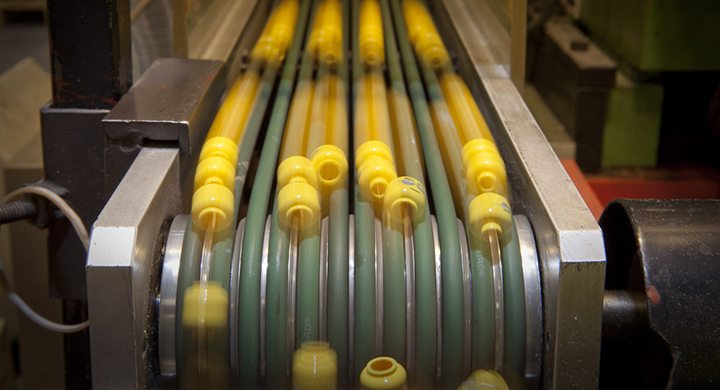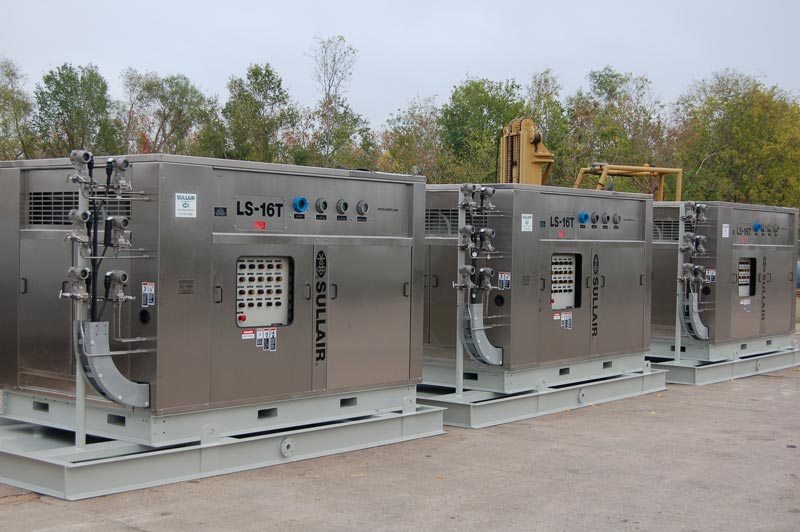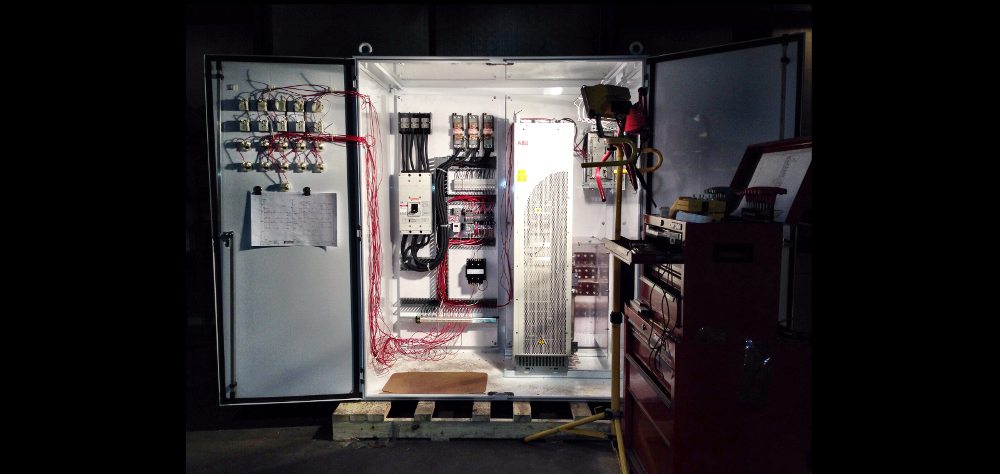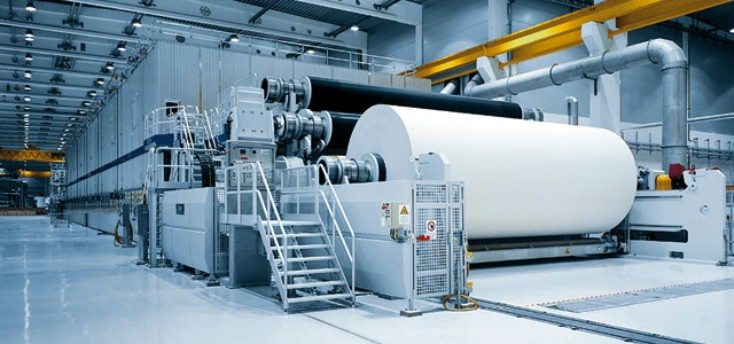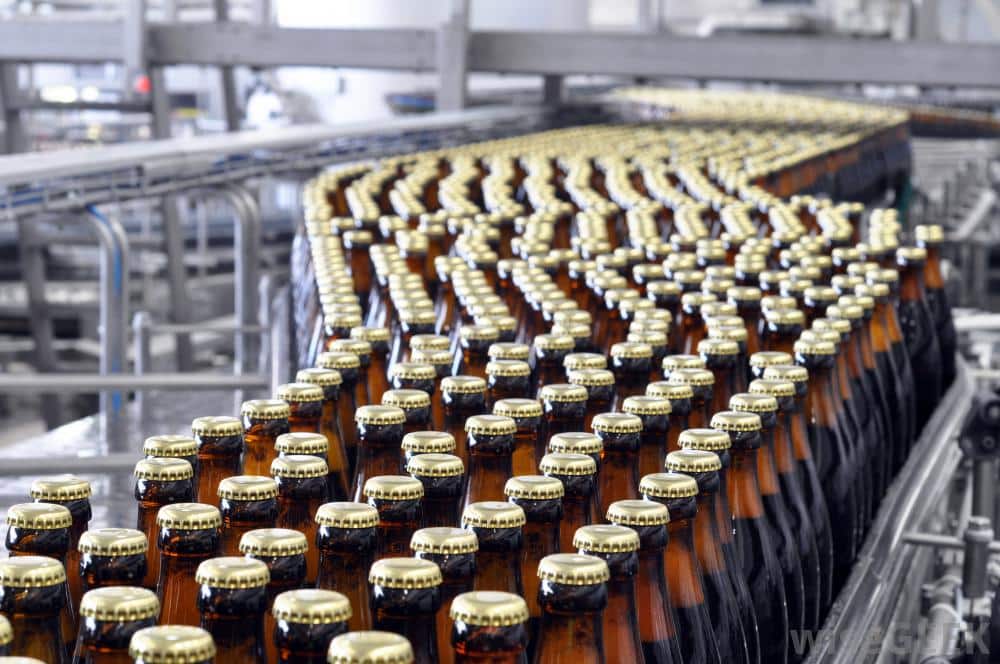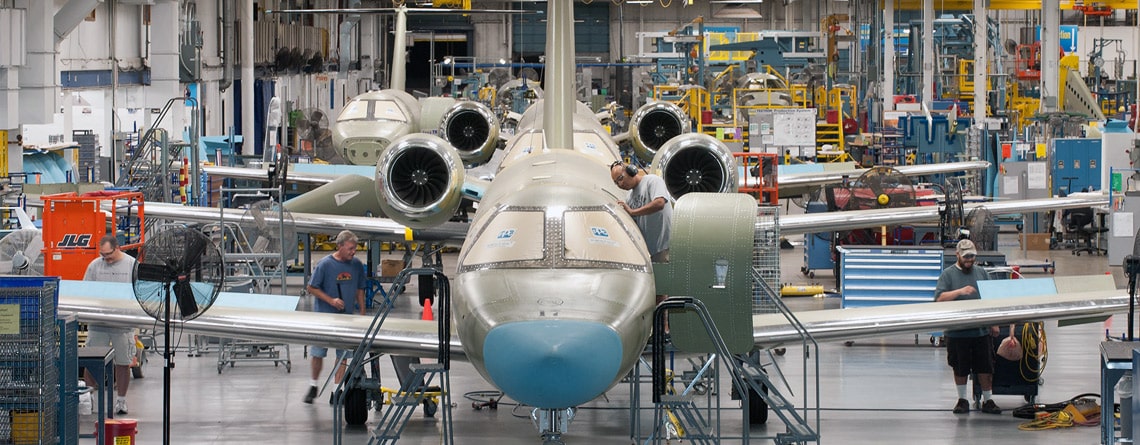Today, VFD machine safety technology is making the previously-complicated job of implementing a machine safety system much easier. Recent technical advances make safer operation less complex, while at the same time offering new potential for productivity. New developments in drive-based functional safety contribute to greater overall protection of people, machines and ecosystems. The aim is to help make VFD machine safety, and especially drive-based functional safety, easier for machine safety professionals.
In any industrial process it is critically important that when something goes wrong, the machinery is quickly and safely brought to a safe state, which usually means stopped. Once stopped it must not start unexpectedly. Depending on the application and its work cycles, machines may also need to operate at reduced speed during specific times. Any malfunction in machine control can result in hazardous situations leading to serious injury, or even death, with disastrous effects for the company, its people and its image. Ultimately, machine builders and system integrators have the responsibility for ensuring that any product or machine they supply is safe. It must be designed by following safety principles and must comply with relevant directives, standards and national laws. The machines end user has responsibility extending through the entire lifecycle of an industrial system. It is thus vitally important that safety planning is included from the very start of any machine design process. This way safety becomes a natural, functional part of the machinery and not an afterthought.
Drive-Based / VFD Machine Safety
 Drive-based functional safety simplifies the task because drive safety functions are certified and integrated into the drive system. Safety is important in industrial applications involving motors, drives and programmable logic controllers. VFD machine safety is achieved by identifying and reducing risks to an acceptable level. Risk reduction is done by an inherently safe design and by applying risk-reducing protection measures.When done correctly, these measures can be flexible, reliable and easy-to-use. They also bring solid economic benefits such as increased productivity and uptime, without generating additional risks. The job of implementing a VFD machine safety system is today easier thanks to three main factors:
Drive-based functional safety simplifies the task because drive safety functions are certified and integrated into the drive system. Safety is important in industrial applications involving motors, drives and programmable logic controllers. VFD machine safety is achieved by identifying and reducing risks to an acceptable level. Risk reduction is done by an inherently safe design and by applying risk-reducing protection measures.When done correctly, these measures can be flexible, reliable and easy-to-use. They also bring solid economic benefits such as increased productivity and uptime, without generating additional risks. The job of implementing a VFD machine safety system is today easier thanks to three main factors:
First, modern electronics enable safety functions to be directly integrated into a drives safety logic, so functional safety is a standard feature of the drive. Second, legislation has kept pace with these advancements, with new
standards that define the requirements and provides guidelines for implementing machinery safety. Third, engineering companies such as ABB have developed a wide range of safety devices and solutions that are easy to integrate in industrial applications for improved safety, uptime and functionality.
These three factors have enabled VFD machine safety solutions that can be more effective in preventing accidents, less costly to implement, easier to adapt and more reliable than previous hardwired electromechanical systems. Electromechanical safety systems are the result and can now be replaced with electronic safety functions. Built directly into the drives safety logic, the safety functions work seamlessly, side-by-side with the drives normal control functions.
 Drives control movements such as motor speed and torque in industrial applications like conveyors and cranes. As levels, complexity and modularity of industrial automation increase, drive-based functional safety isfast becoming an important part of overall safety design for industrial processes. When sensing a hazardous situation a drive-based functional safety system can react in several ways. It might, for example, initiate an emergency stop based on user input. Or if it detects an out of control situation such as system overspeed, it can stop a process in a controlled and orderly way.
Drives control movements such as motor speed and torque in industrial applications like conveyors and cranes. As levels, complexity and modularity of industrial automation increase, drive-based functional safety isfast becoming an important part of overall safety design for industrial processes. When sensing a hazardous situation a drive-based functional safety system can react in several ways. It might, for example, initiate an emergency stop based on user input. Or if it detects an out of control situation such as system overspeed, it can stop a process in a controlled and orderly way.
In larger systems with several drives, control of the overall safety system can be done using a safety PLC, which activates drive-based safety functions when required in the whole system. Functional safety can be easily achieved with safety devices that are, themselves, already certified to the most relevant functional safety standards. ABB drives include many certified safety functions either as standard, or are offered as options.ABB has put great emphasis on building safety functionality into its drives. ABB offers cost-efficient safety solutions with their drives, PLCs, and a full range of safety relays and contactors, emergency stop switches and othersafety devices. Depending on the needed machinery safety, ABB VFD machine safety solutions can range from one drive to an entire system of drives.Compared to the traditional safety solution, integrated drive-based functional safety includes the same functionality but it is simply built into the drive. The most basic functionality level is the STO circuit inside the drive whichcan safely disable the drives power stage, thus eliminating any need for a motor contactor.
ABBs offering of low voltage AC drives with STO as a standard feature are included on the following ABB products: ACS880, ACS580, ACS850, ACS355, ACQ810, ACSM1 and MicroFlex e150. The ACS800 drives have ABB STO (safe torque option) built-in as an optional feature.
Summary – VFD Machine Safety
The industrial environment is full of moving machine parts which can cause hazardous situations and lead to severe and often permanent injuries. The role of functional VFD machine safety is to protect people, property and ecosystems from often preventable accidents. It is therefore the ultimate responsibility of device suppliers, machine builders and system integrators to ensure that the products they deliver are safe.Safety for machines is achieved by complying with relevant safety directives and standards. In the EU, the EHSR which machine builders must comply with are defined in the Machinery Directive 2006/42/EC and the harmonized standards under this directive. For machine builders outside of EU the IEC/ISO versions of the EUs harmonized standards provide the necessary requirements and guidance.
Drives have been used for decades in many industrial applications. Where safety in automation systems once required many external add-on devices, the ever-increasing levels of automation employed in industry combined with the electronic technical capability of many modern drives and safety PLCs, mean drive systems now contribute greatly to the overall safety of a system. Today, new and improved safety solutions and standards enable VFD machine safety to become an integrated part of drive functionality. Drive-based functional safety means providing drive-based motion control that protects people, property and ecosystems. ABB drives offer many features that can help the safety designers achieve the required level of safety, in a cost-effective way.
For ABB VFD Repair or Replacement Quotes, Contact Precision Electric, Inc. To learn more about VFD machine safety or for more information about ABB drives, please visit the ABB Website.






